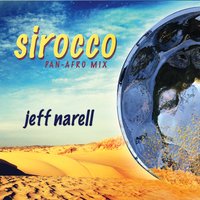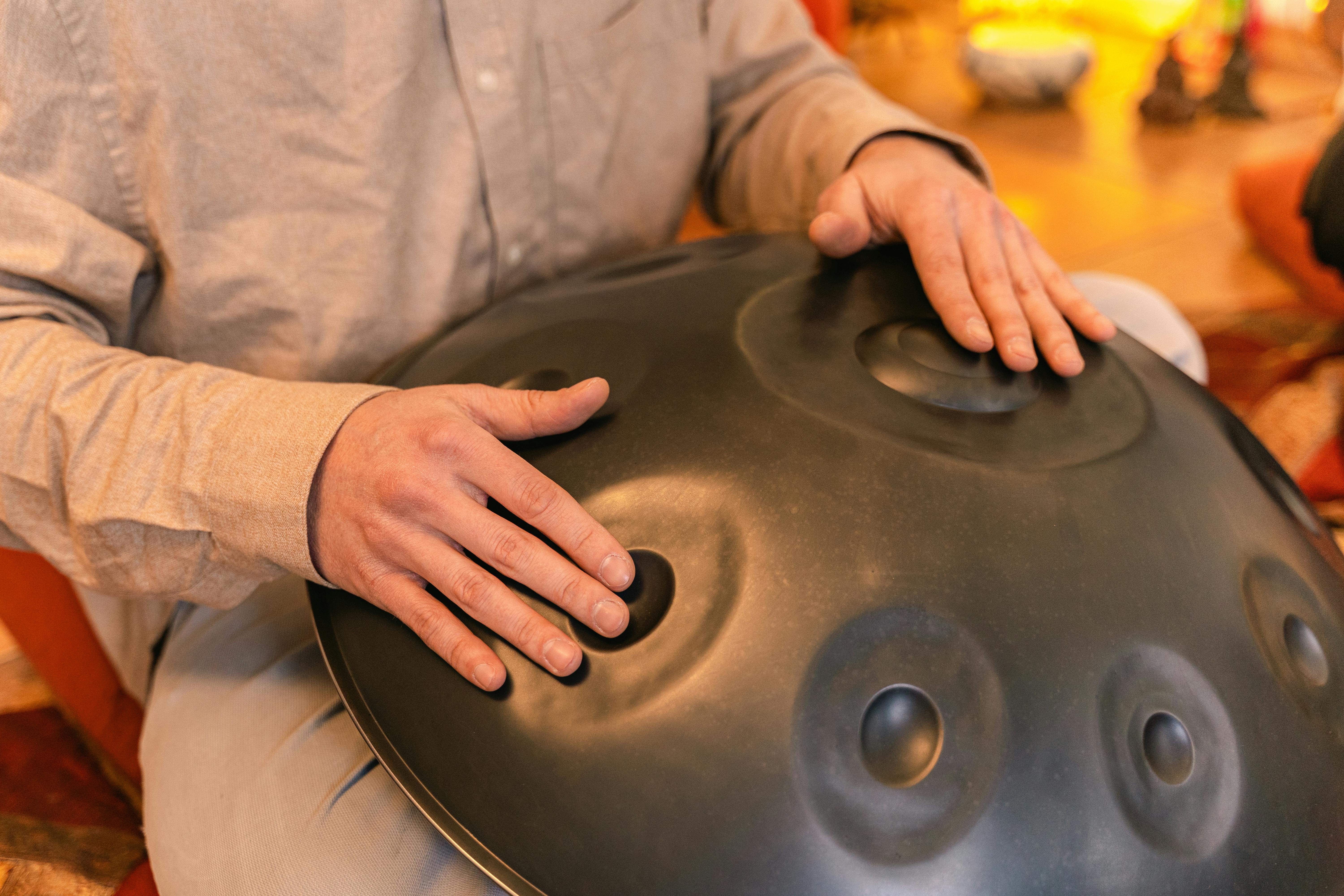Perhaps the most powerful statement an artist can make is to attempt innovation through the crossing of cultural boundaries. Mixing genres in any form of art is often the most direct way to creating a new genre or, at the least, help to define that artist’s role in the form of music of which they participate.
In the steelpan world, many artists, whether they like it or not, are often associated with their work in a particular genre. Liam Teague has made a name for himself performing Classical music with symphony orchestras, while Victor Provost has become a generational leader in Jazz. Andy Narell has gained mainstream exposure with his mixing of Calypso and Jazz styles over the years. While no artist likes to be pigeonholed into one genre of music, one cannot help but appreciate the contribution and notoriety that an artist brings both to themselves and the genre they were able to make a breakthrough within.
The same can now be said of Jeff Narell, who has been on the steelpan scene since the 1960s. Starting off playing with his brother Andy in the Steel Bandits as a child, Jeff has made a name for himself as a recording artist, clinician, educator, live performer and Afro-Caribbean percussionist with a style all his own.
Narell’s fourth solo effort, “Sirocco,” is a beautiful blend of African and Caribbean styles with him somehow finding the perfect balance between traditional African talking drums, djembes, strings and chants and the elegantly recorded orchestral sounds of the steelpans. Thanks to the capabilities of Ellie Mannette’s signature steelpans, the richness of the instrument comes through to perfectly compliment the depth of the percussion instruments, as well as the African chants used throughout the album.
Narell first conceived of the album in 2010 after writing some “afro-groove tunes” that his quartet performed at local gigs in Northern California where Narell resides. He was introduced at that time to vocalist, Mola Sylla from Senegal, who was stranded in the bay area due to flight cancellations as a result of a volcanic eruption in Iceland. Narell asked Mola to record chants and shouts on rough tracks he had assembled. The result can be heard on the opening track, “Babam,” title track “Sirocco,” and sixth track “Blue Afrique,” setting the foundation for the cultural connection Narell hoped to establish to the African sounds.
To capture the Caribbean sound of the steelpans, Narell created pieces throughout the album that highlighted each culture and genre on their own while combining the sounds just enough at key moments to represent both fairly. A perfect example of this is on the track “Step By Step,” which opens with African percussion in a moderately-paced groove, leading with a calypso-esque line played by steelpans. After a few turns through the chords and some playful scales, the pan shuts off to allow the percussion to breath again, reminding the listener where the music is headed. Soon enough, the steelpan kicks in again with the melody, but this time sounds more in line with traditional African dance music. Some playful improvisation concludes the track, but maintains the purpose of mixing the two genres in a way that is easy to digest for the average listener.
Flipping the other way is the track, “Rise Up,” which plays out as a Soca anthem with an African feel. The piece seems to be an effort to evoke the inspirational music that rebellions are made of; something many African nations, as well as Trinidad and Tobago, are familiar with in their own rich histories.
Given the multi-cultural history of Trinidad and Tobago, home of the steelpan, it makes absolute sense that African music, which is part of the culture of the island nation, would mesh well with Caribbean music. Soca music, for instance, derived its elements from cadence, calypso and Antillian Creole, which incorporates both French and African sounds.
Adding another level of depth to the album is the level of sound quality achieved from the production of the tracks. Narell used Neumann KM 184 condenser microphones to record the steelpans. In addition, he received help from his brother Andy to mix the album, which resulted in a near-perfect product. All elements blend together perfectly, with appropriate instruments highlighted when needed to elevate the cultural impact each piece requires.
As a steelpan player, educator and composer, Narell has made an impact in several ways over the years, including his contributions as a mainstay clinician at the Mannette Festival of Steel. But one element that has not benefitted him in the same way are his solo albums. While his past albums and compositions have been solid contributions to the steelpan world (his 2003 composition “Ellie Man” in particular being used by Invaders at Panorama that year), they have not generally given him the same kind of notoriety that his brother and other steelpan notables are known for. This album may change things.
“The album title, ‘Sirocco’ means: hot desert winds of North Africa. The word conjures an image of an African force of nature,” Narell said. “I’m using the wind as a metaphor for the musical and artistic currents that sweep across regions and cultures and cross-pollinate. My hope is that I’m helping to showcase pan in a versatile and progressive light and to expose the instrument to a wider world audience.”
Making music today is an ever-increasing challenge for recording artists thanks to low-cost streaming services like Spotify. As an avid player and enthusiast of steelpan, it is my hope that things will change for recording artists in the future. As far as I can tell, given how innovation tends to impact trends both in an artistic and cultural sense, the more that artists like Narell attempt to “cross-polinate” for the sake of innovation, the better off we the listeners, and we the supporters of pan, will be moving forward.
The record is available on CD Baby.com, ITunes and various other digital sites. Steel band charts will soon be available at panramajay.com. The CD will soon be available on www.jeffnarell.com.
Jeff Narell performs his piece, “Ellie Man” with University of Central Florida in 2011.








